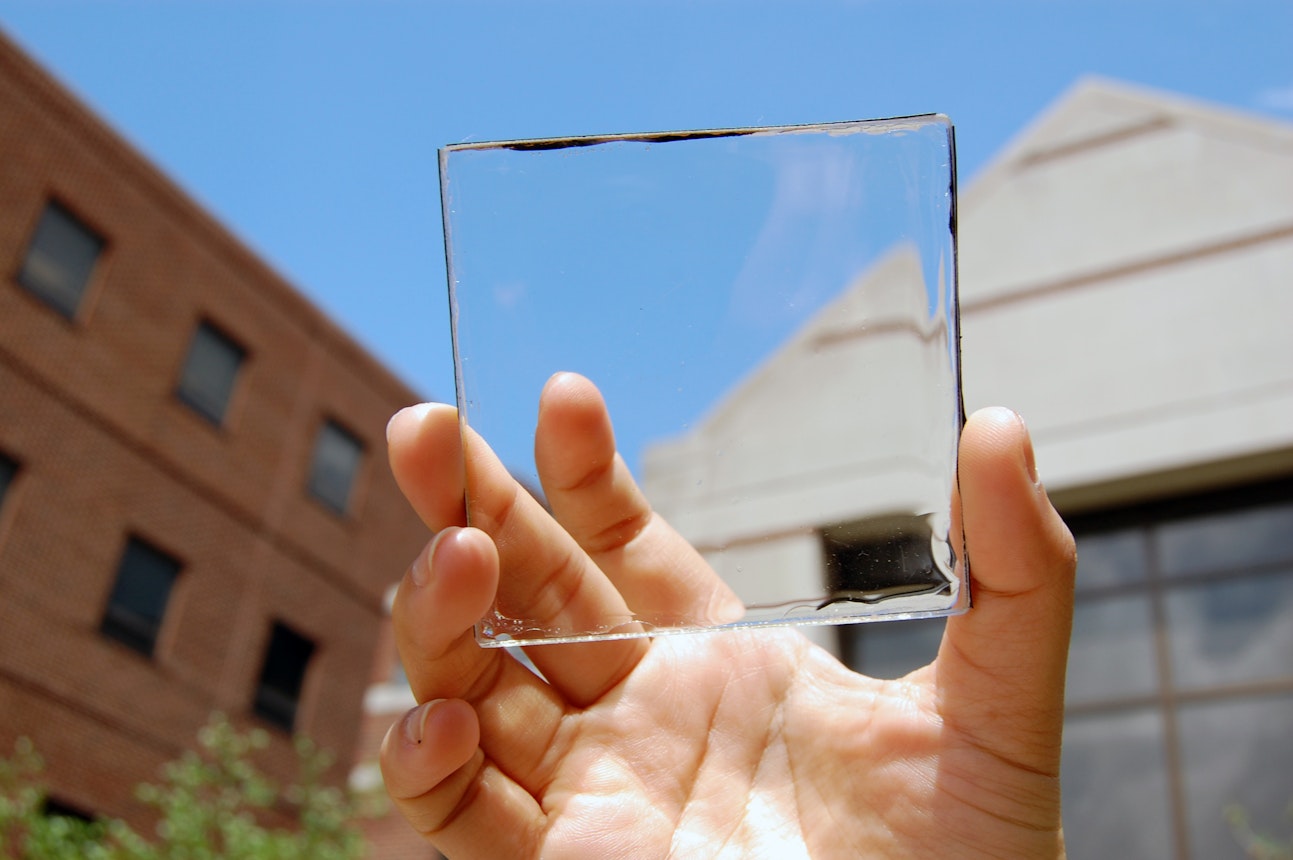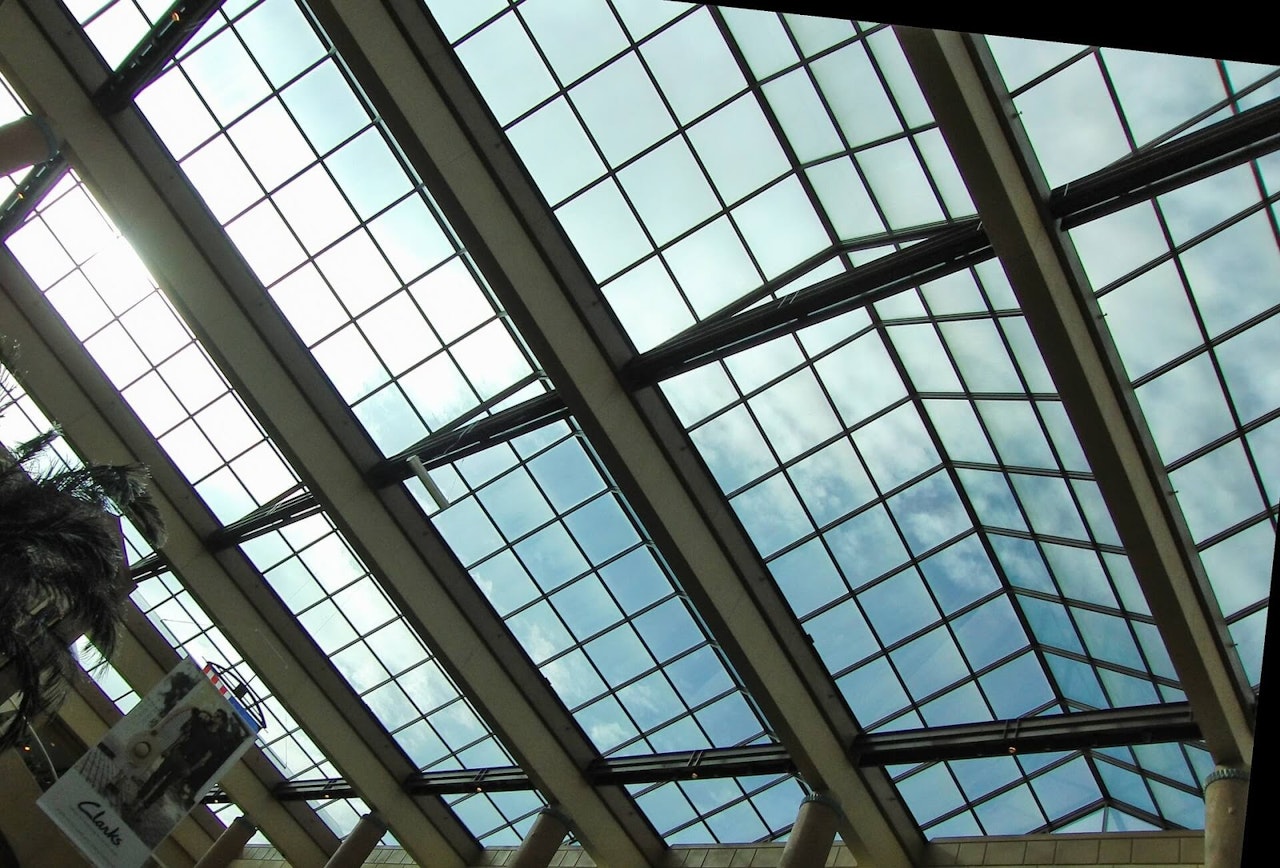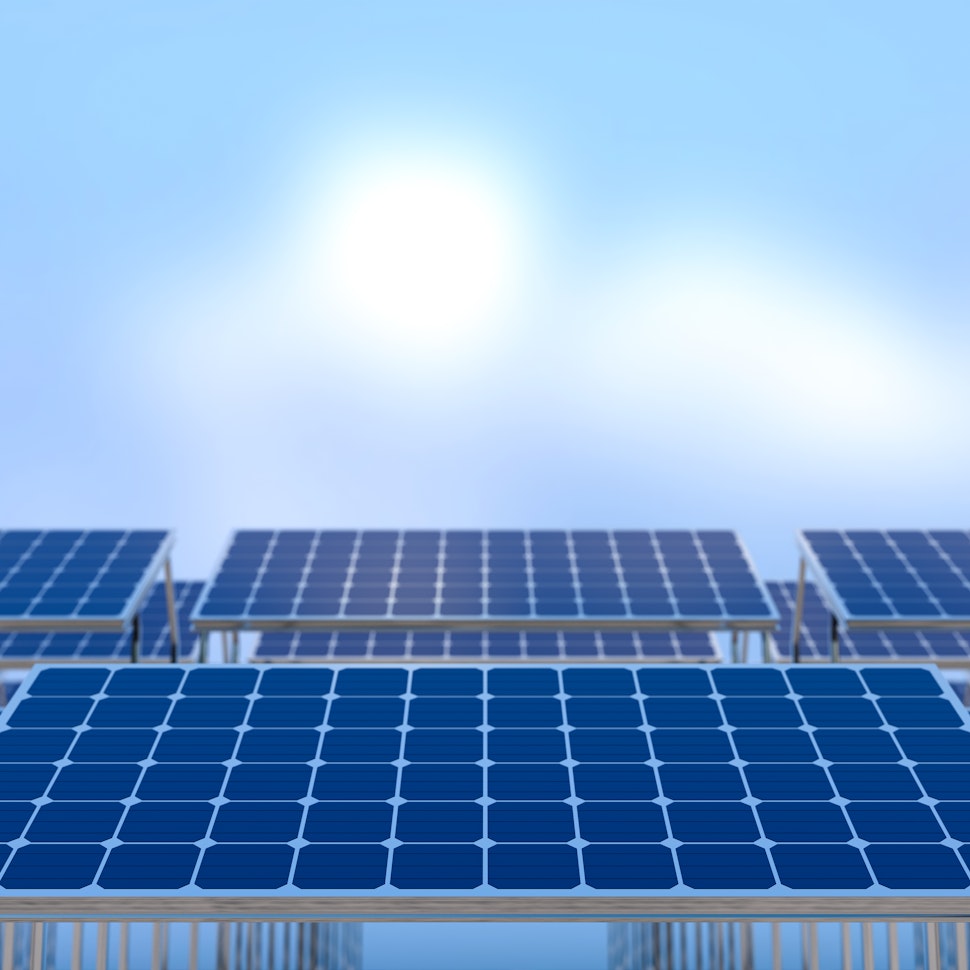- Solar energy blog
- Solar glass buildings: Greatest achievable idea or science-fiction?
Solar glass buildings: Greatest achievable idea or science-fiction?


Laura Rodríguez
Business developer
Laura is a renewable and software industry sales professional, currently working at RatedPower as Sales Overlay in North America & Territory Manager Oceania. With a background in International Business and International Trade, Laura previously worked in the business strategy area in various companies as well as as a market analyst for the Government of Spain in Australia.

Content
Did you know that solar cells can be placed in glass?
Well, not only it can be, but also, by doing so countries such as the US could generate 40% of the nation’s energy demand according to Professor Lunt.
Photovoltaic (PV) glass, or solar glass, was discovered while looking for alternatives to current solar panels and how to integrate solar generation in our daily lives. These technologies may take many different forms from windows in offices, homes, a car’s sunroof, smartphones or even as roof tiles in other Building Integrated Photovoltaics materials (BIPV).
Discover the break down growth and perspectives of solar energy: utility, commercial and residential.
According to the European Commission, buildings in the EU are responsible for about 40% of the energy consumption and 36% of greenhouse gas emissions.
Other markets such as Japan, Taiwan or Singapore, which have exhausted the majority of space available for rooftop or have limited space for ground-mounted projects, may find in these technologies the answer to their fight against climate change.
BIPV and specially solar glass is probably the most cutting-edge new solar power technology that promises to be a game-changer in expanding the scope of solar.

How and what materials can include a photovoltaic cell?
In reality, a transparent solar panel is essentially a counterintuitive idea because solar cells must absorb sunlight (photons) and convert them into power (electrons). However, since solar glass is transparent, the sunlight will pass through the medium and defeat the purpose of utilizing sunlight.
However, scientists and researchers have found the technology to change the way solar cells absorb light. The cell selectively harnesses a portion of the solar spectrum that is invisible to the naked eye, while allowing the normal visible light to pass through. To achieve this technology, experts have integrated solar cells in solar glass to convert solar energy into electricity by fixing solar cells between two glass panes with a filling of special resin.

Source: Richard Lunt - Professor at MSU
Advantages of solar glass and efficiency challenge
Photovoltaic glass has an obvious advantage. You can place it anywhere, since it is transparent and can be integrated into any surface such as vehicles with solar roofs, smartphones or literally every glass surface you can think of.
Can you imagine being able to charge your phone or your EV vehicle battery by leaving it out in the sun for a few hours?
However, in truth, how efficient may PV glass be?
Sadly, it couldn’t be that simple or else we would be seeing deployment of PV glass in every possible glass surface there is.
The efficiency of a solar cell is the amount of electrical power coming out of the cell compared to the energy from the light shining on it. However, if the average PV module market is still working on improving its efficiencies (current average of 15-20% monofacial and 25% for bifacial modules), PV glass in comparison holds a fraction of normal modules generating capacity with something between 7% and 10%.
Additionally, we must take into account that the more transparent it is, the less efficient it gets.
Nevertheless, the performance disadvantage can be overridden by the fact that the available surface area for glass is larger, thus reducing the difference between one and the other technologies.

How has it evolved and prospects?
The future of photovoltaic glass lies in increasing its commercialization deployment to reduce costs, while improving a combination of efficiency and transparency.
The market for BIPV solutions has entered into a very interesting stage. It has already shifted from the early-adopters to a wide range of customers and markets.
The rise in demand for renewable energy is expected to offer growth opportunities to the market, however the global solar PV glass market is yet to explore its full potential.
According to Richard Lunt, Professor of Chemical Engineering and Materials Science at MSU, clear solar panels have a similar power-generation potential as rooftop solar, along with additional applications to improve the efficiency of buildings, cars and mobile devices.
An estimation of PV glass potential in the U.S. revealed that the country alone might count with about 5 to 7 billion square meters of glass surface at present which, with solar panel technology, could potentially meet about 40% of the country’s annual energy demand.
We shouldn’t forget however that developing PV glass technologies in complementarity with other intermittent renewable energy sources, must come with the evolution of storage technologies to avoid grid instabilities.
All in all, the industry is living a good momentum with design teams looking to optimize energy efficiency in buildings to generate clean power on-site, and ultimately to decrease the building’s carbon footprint. Additionally, the right policies have been put into action to meet the greenhouse gas emissions, and energy efficiency targets worldwide.
We hope to see a quicker deployment of amazing technologies such as PV glass, do you?

If this article was interesting for you, we encourage you to download our latest Renewable Energy and Solar Research Report, where you will gain further insight into the status of the industry and the key technology trends for this year and beyond, according to thoughts and predictions of +100 experts of the renewable sector worldwide.
Latest stories
Related posts
Technology and engineering
Innovation in renewable energy: Developments expected in 2025
We look at the 10 biggest renewable industry developments that are making a green future possible, including perovskite solar cells, green hydrogen, and more.
Updated 18 MAR, 25

Technology and engineering
What the future holds for the longevity and efficiency of solar panels
Tests done by the French photovoltaics group Hespul showed that the panels, installed in 1992, are still operating at an astonishing 79.5% efficiency. Read on to find out more.
Updated 4 MAR, 25

Technology and engineering
Concentrated solar: An unlikely comeback?
Once described as obsolete, the concentrated solar power market ballooned to $53 billion in 2023 and is still growing. Here’s why CSP is making a comeback.
Updated 12 NOV, 24

- RatedPower
- Solar energy blog
- Solar glass buildings: Greatest achievable idea or science-fiction?
